The allure of owning exotic animals as pets has captivated human imagination for centuries. From ancient Egyptian pharaohs with their cheetahs to modern collectors showcasing rare reptiles and birds, the desire to possess the extraordinary has remained constant. However, this fascination comes at a devastating ecological cost.
The exotic pet trade has emerged as a significant threat to biodiversity worldwide, pushing numerous species toward extinction and disrupting delicate ecosystems. As wild populations dwindle to satisfy consumer demand, we face a mounting crisis that intertwines animal welfare, conservation ethics, and global biodiversity. This complex issue requires understanding the full scope of its impacts and the urgent need for sustainable solutions.
The Scale of the Exotic Pet Trade
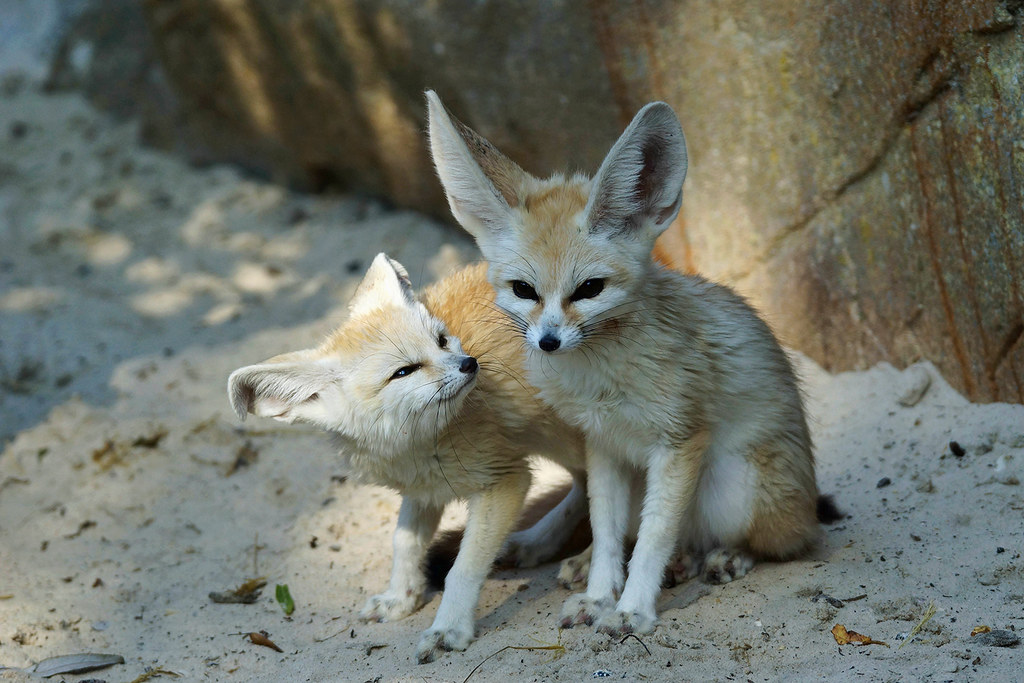
The exotic pet industry is a multi-billion-dollar global enterprise that traffics millions of animals annually across international borders. According to conservative estimates from the United Nations Environment Programme, the illegal wildlife trade alone is valued between $7-23 billion yearly, with a significant portion dedicated to exotic pets. This massive market spans continents, involving complex networks of poachers, middlemen, smugglers, and retailers who facilitate the movement of animals from their native habitats to homes worldwide.
For every animal that survives the journey to become someone’s pet, countless others perish during capture or transport, with mortality rates often exceeding 70% for certain species. The scale of this trade is so vast that it now ranks among the world’s most profitable illicit activities, alongside drugs, weapons, and human trafficking.
From Wild Populations to Living Rooms
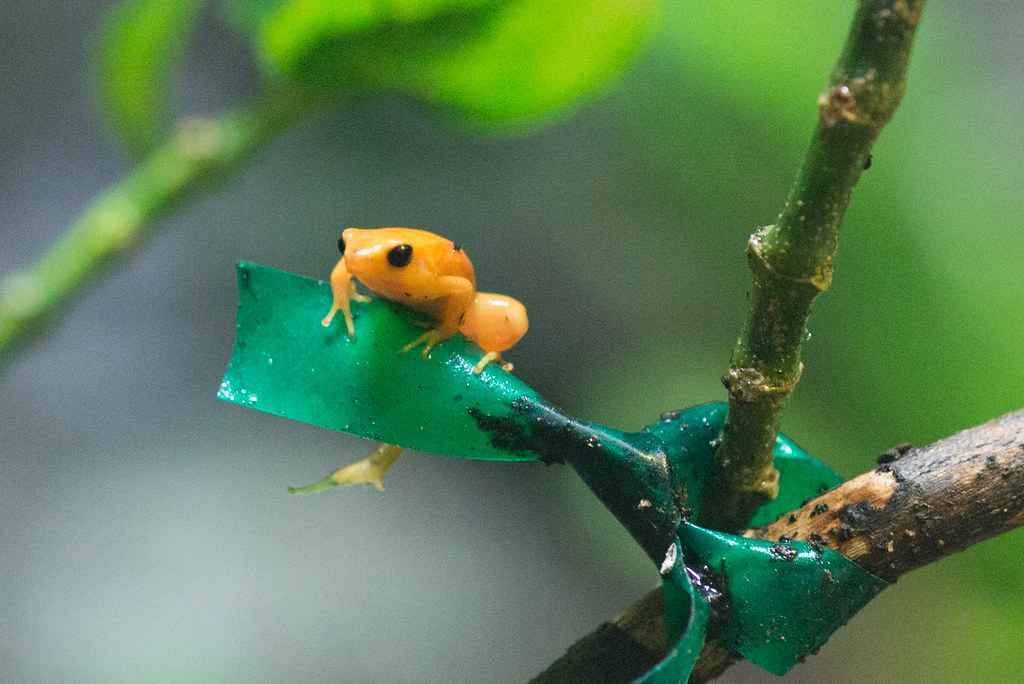
The path from natural habitat to captivity is fraught with cruelty and ecological damage that often remains invisible to end consumers. Capture methods frequently involve destroying habitat, such as cutting down entire trees to access nesting birds or breaking coral reefs to collect marine species. For many mammals, hunters kill parent animals to obtain more easily transported young, creating devastating ripple effects throughout social groups and breeding populations.
The transportation phase brings additional suffering, with animals crammed into luggage, tubes, or containers without adequate food, water, or ventilation for journeys that may last days. These traumatic experiences result in extreme stress, injury, and high mortality rates before animals even reach their destination markets. What buyers ultimately see in pet stores or online marketplaces represents only the “successful” survivors of this brutal pipeline.
Declining Wild Populations and Biodiversity Loss
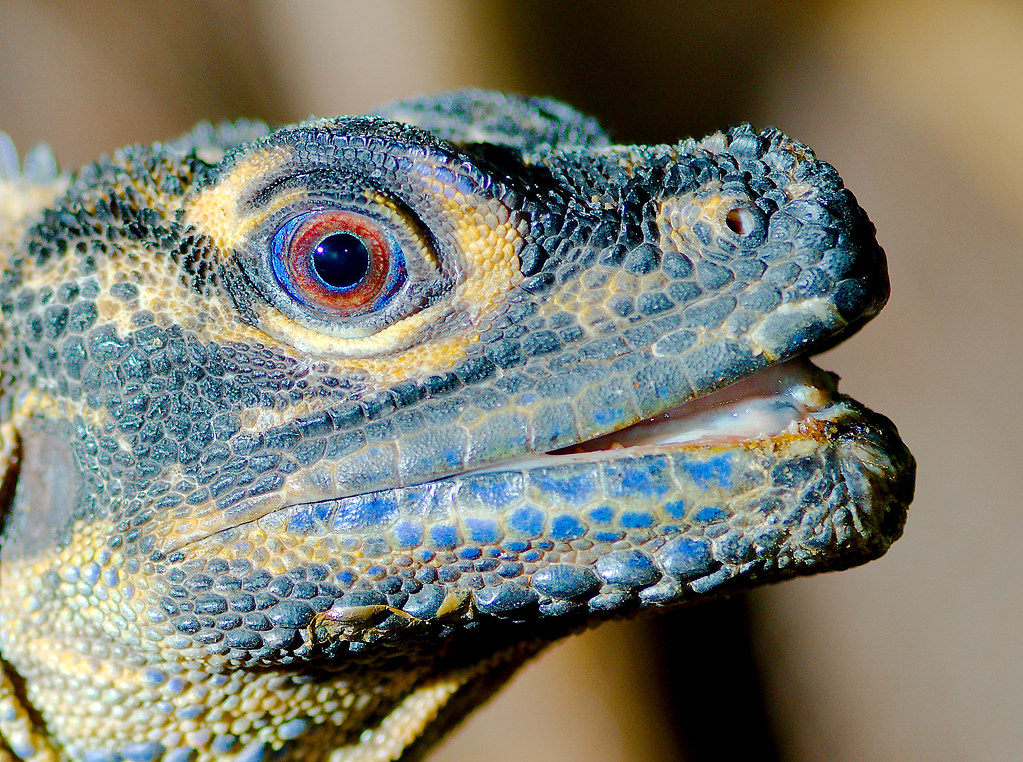
The ecological consequences of removing animals from their natural habitats extend far beyond the numbers taken. Many targeted species already face threats from habitat loss, climate change, and other human pressures, making the additional burden of collection potentially catastrophic. For example, the African grey parrot has experienced population declines exceeding 90% in some regions due primarily to trapping for the pet trade. Similar situations affect numerous reptile species, with over 20% of the world’s turtle species now threatened with extinction partly due to collection for pets and traditional medicine.
These removals create cascading effects throughout ecosystems, as many targeted species serve crucial ecological functions as pollinators, seed dispersers, or predators. The loss of these ecosystem services can transform entire habitats, ultimately reducing biodiversity on a landscape scale and diminishing ecological resilience.
The Allure of Exotic Pets: Understanding Consumer Psychology
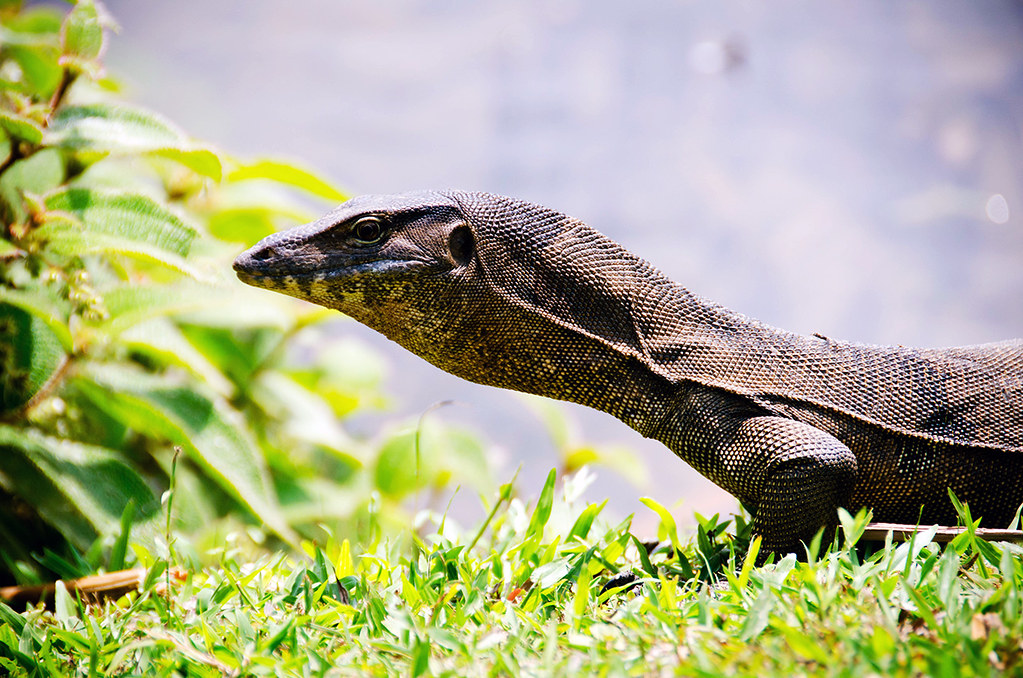
The motivations driving exotic pet ownership are complex and multifaceted, ranging from genuine animal appreciation to status-seeking behavior. For many enthusiasts, rare species represent living collections that demonstrate specialized knowledge and confer social prestige within certain communities. Social media has amplified this effect, with platforms like Instagram and TikTok showcasing exotic pets to millions, normalizing ownership and creating new demand, particularly among younger consumers.
The human desire for novelty and uniqueness plays a significant role, with many owners drawn to animals precisely because they are unusual, rare, or difficult to obtain. Understanding these psychological drivers is essential for creating effective conservation messaging that addresses the root causes of demand rather than simply condemning the practice. Research indicates that many exotic pet owners genuinely love animals but remain unaware of the broader ecological impacts of their purchasing decisions.
Legal Frameworks and Regulatory Failures
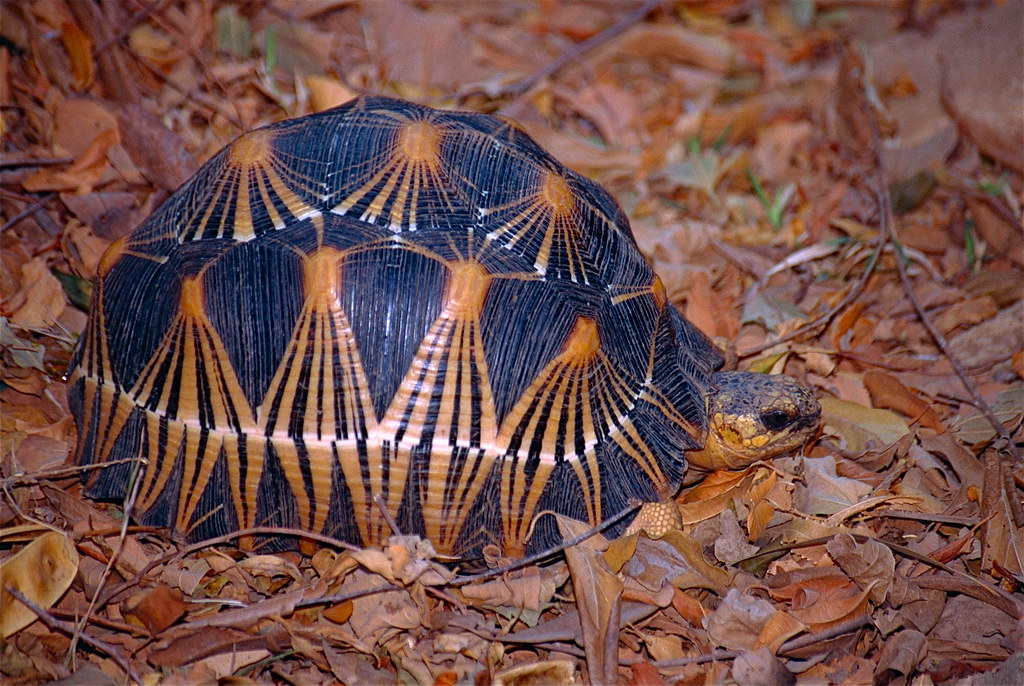
International regulations governing wildlife trade, particularly the Convention on International Trade in Endangered Species (CITES), provide crucial but insufficient protection for exploited species. While CITES regulates cross-border movement of listed species, its effectiveness is undermined by inconsistent enforcement, limited resources, and the ease with which traders circumvent restrictions. National and local laws regarding exotic pet ownership vary dramatically worldwide, creating a patchwork of regulations that smugglers readily exploit.
Even in countries with strict importation laws, domestic breeding of previously imported animals often remains poorly regulated, allowing questionable operations to supply pets while claiming they are “captive-bred” to avoid scrutiny. The digital marketplace has further complicated enforcement efforts, with online sellers operating across jurisdictions and using private messaging platforms to arrange transactions that bypass traditional regulatory checkpoints.
The Welfare Crisis for Captive Exotic Animals
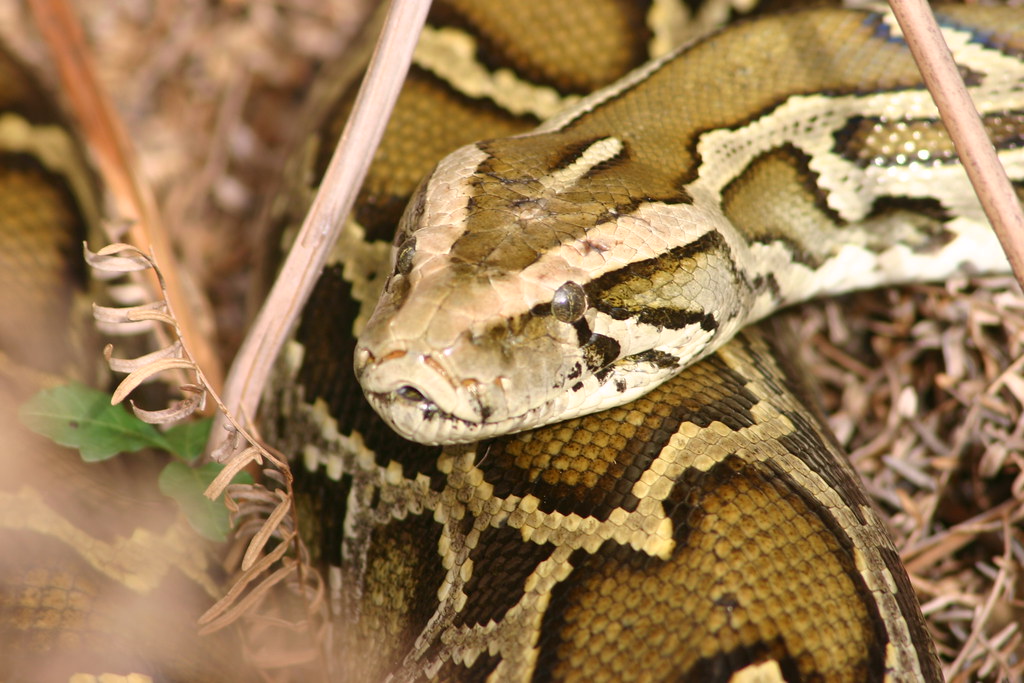
Beyond conservation concerns, the exotic pet trade creates profound animal welfare problems that affect millions of individual creatures. Most exotic species have complex nutritional, environmental, and behavioral needs that average owners cannot adequately provide, resulting in chronic health problems and psychological distress. Primates, for instance, require complex social structures, specialized diets, and extensive environmental enrichment that home settings simply cannot replicate. Similarly, large reptiles like Burmese pythons may live for decades and grow to lengths exceeding 15 feet, dimensions incompatible with typical household accommodations.
The disconnect between wild animals’ natural requirements and captive conditions leads to shortened lifespans, development of stereotypic behaviors (repetitive movements indicating psychological damage), and high abandonment rates when owners become overwhelmed. Rescue organizations nationwide report being consistently at or beyond capacity with surrendered exotic pets.
Conservation Hotspots and Vulnerable Species
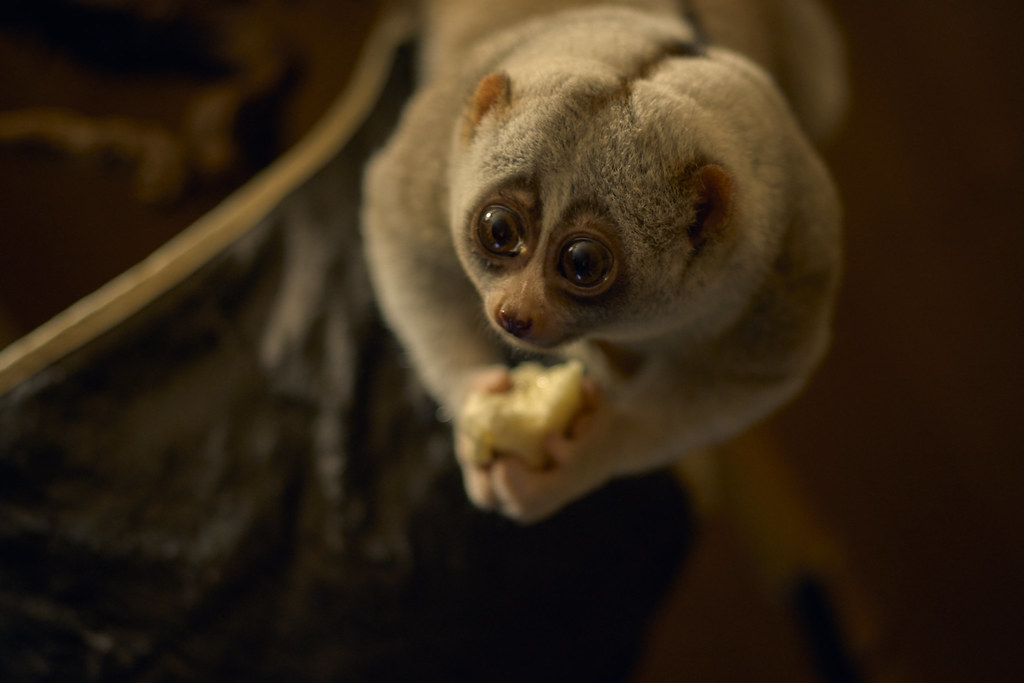
Certain regions and taxonomic groups bear a disproportionate burden from the exotic pet trade due to their biodiversity, accessibility, or popularity in markets. Southeast Asia represents a particular hotspot, with its rich biodiversity and proximity to major consumer markets making it the epicenter of wildlife trafficking. The region’s primates, birds, and reptiles face intense collection pressure, with species like the slow loris experiencing dramatic population declines directly attributable to the pet trade. Similarly, Madagascar’s unique fauna, including numerous lemur and chameleon species found nowhere else on Earth, faces substantial collection threats despite legal protections.
Parrots worldwide continue to suffer from both legal and illegal trade, with their intelligence, longevity, and colorful appearance making them perpetually desirable pets despite many species’ endangered status. Freshwater turtles and tortoises represent another highly vulnerable group, with over 60% of species now threatened with extinction due partly to collection.
Zoonotic Disease Risks and Public Health Concerns
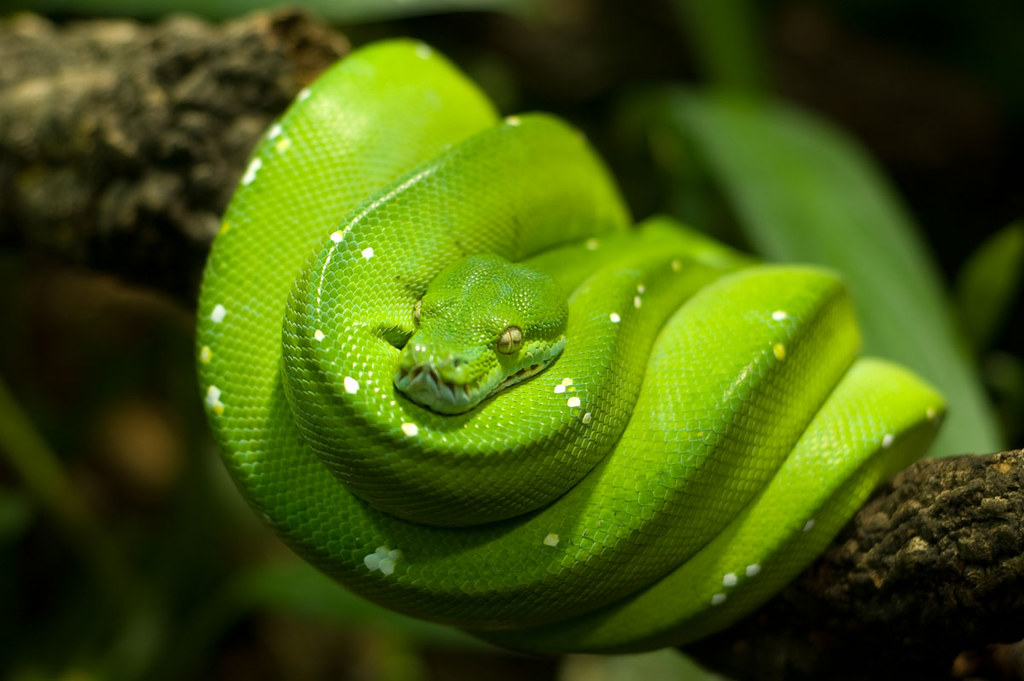
The exotic pet trade poses significant public health risks through the potential transmission of zoonotic diseases—pathogens that can jump from animals to humans. The COVID-19 pandemic has dramatically highlighted these dangers, though numerous previous outbreaks have been linked to wildlife trafficking and exotic pet ownership. Monkeypox, salmonellosis, herpes B virus, and various parasitic infections represent just a few of the diseases that can spread through contact with exotic species. The stress of capture and transport compromises animals’ immune systems, potentially activating latent infections and increasing shedding of pathogens.
Additionally, the mixing of species from different regions during transportation creates ideal conditions for viruses to recombine and potentially develop new properties, including increased transmissibility or virulence. Public health experts increasingly view the wildlife trade as a significant global health security risk requiring coordinated international response.
Invasive Species Catastrophes
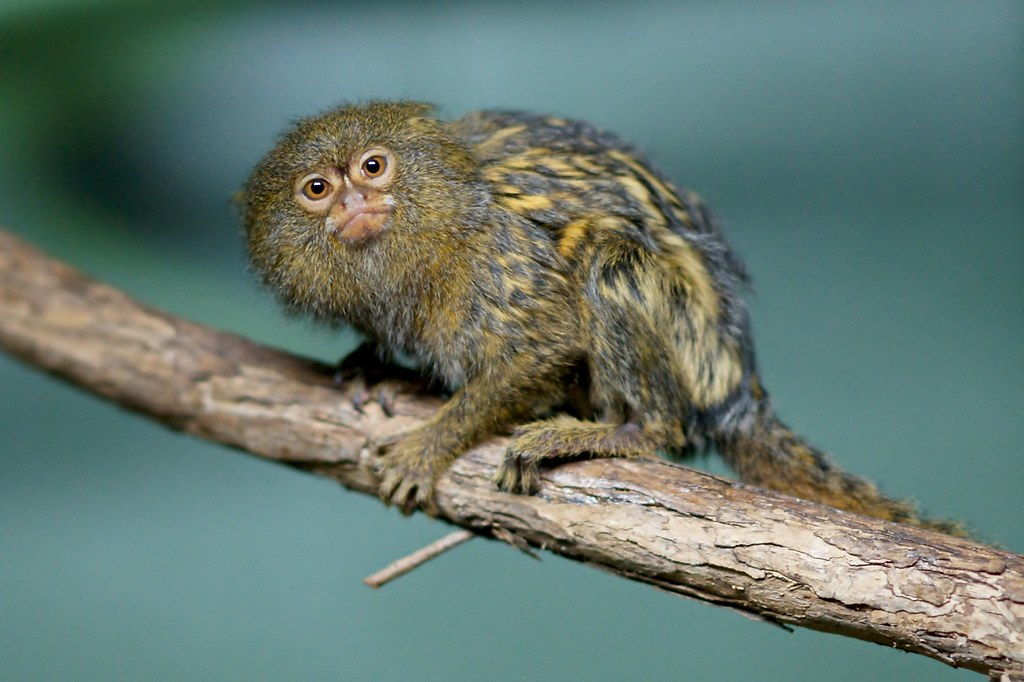
When exotic pets escape or are deliberately released by owners who can no longer care for them, they can establish breeding populations that devastate native ecosystems. The Florida Everglades presents perhaps the most dramatic example of this phenomenon, where Burmese pythons released from the pet trade have established a breeding population estimated at tens of thousands, decimating native mammal populations by up to 99% in some areas. Similarly, red-eared slider turtles, popular in the pet trade worldwide, have established invasive populations on six continents, outcompeting native turtle species and altering aquatic ecosystems.
The Cuban tree frog, another escaped pet species, now threatens native amphibians throughout Florida and the Caribbean through predation and competition. These invasions create nearly irreversible ecological damage and cost billions in management efforts, yet they continue to occur as exotic pet ownership expands without adequate safeguards against releases.
Social Media’s Double-Edged Role
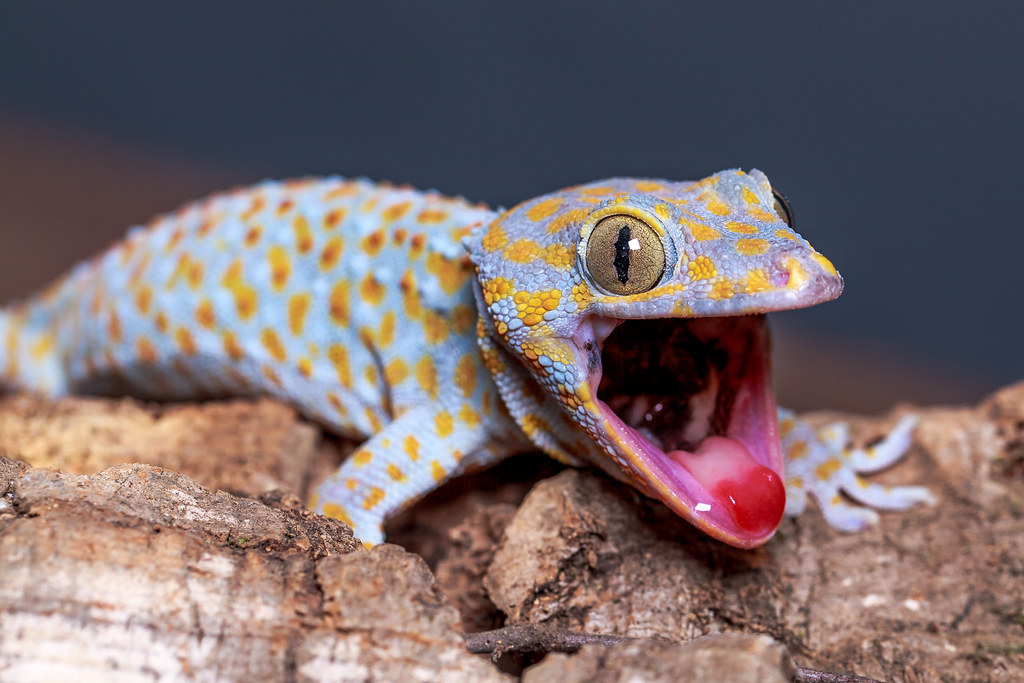
Digital platforms have revolutionized both the promotion and potential regulation of the exotic pet trade in contradictory ways. Platforms like Instagram, YouTube, and TikTok have glamorized exotic pet ownership, with viral videos of slow lorises, kinkajous, or sugar gliders generating millions of views and creating sudden demand spikes for featured species. Influencers showcasing their exotic pets often inadvertently stimulate market demand while providing little information about the animals’ complex care requirements or conservation status.
Simultaneously, social media has become a critical tool for law enforcement and conservation organizations to monitor illegal trade, with artificial intelligence increasingly deployed to scan posts for protected species offered for sale. These platforms also provide unprecedented opportunities for conservation education, with some organizations leveraging the same visual appeal of exotic animals to communicate conservation messages and discourage inappropriate pet ownership.
Ethical Alternatives and Responsible Choices
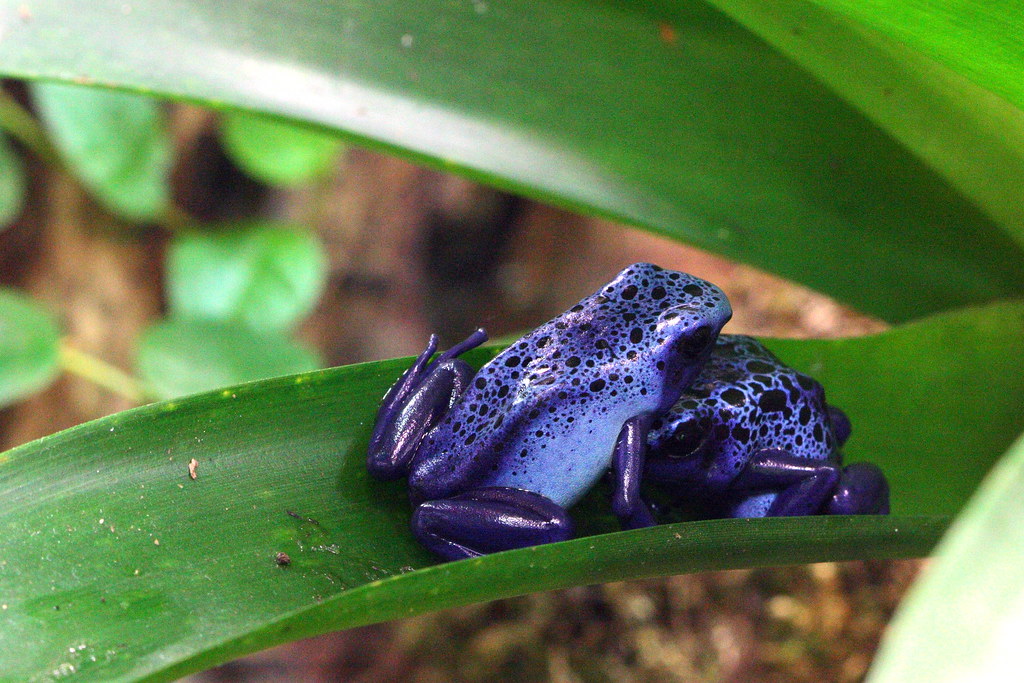
For animal enthusiasts seeking companionship without contributing to wildlife exploitation, numerous ethical alternatives exist that satisfy similar interests. Domestic species like cats and dogs continue to face overpopulation crises in many countries, with millions euthanized annually for lack of homes. Adopting these animals provides the rewards of animal companionship while actively reducing suffering. For those specifically interested in exotic appearances or behaviors, certain specialized domestic breeds, such as Bengal cats (descended from hybrids with Asian leopard cats) or fancy chicken varieties, offer unusual characteristics without the ecological or welfare concerns of truly wild species.
Additionally, many zoos and wildlife rehabilitation centers offer volunteer opportunities that provide close contact with exotic species in appropriate settings while contributing to conservation. Virtual experiences, including wildlife webcams and augmented reality applications, increasingly offer immersive encounters with exotic animals without physical possession.
Conservation Success Stories and Rehabilitation Efforts

Despite the challenges, targeted conservation initiatives have achieved remarkable successes in combating the exotic pet trade and restoring affected populations. The yellow-crested cockatoo of Indonesia represents one such victory, with community-based protection programs and international trade restrictions helping populations recover from near-extinction due to trapping. Similarly, the Bali starling, reduced to fewer than 10 wild individuals in the 1990s primarily due to the cage bird trade, has rebounded through intensive protection efforts and managed releases. Sanctuary networks worldwide now provide specialized care for thousands of confiscated and surrendered exotic pets, offering dignified lives for animals that cannot return to the wild.
In some cases, these sanctuaries contribute to conservation breeding programs that support wild population recovery, transforming former pets into conservation ambassadors. These successes demonstrate that well-designed interventions targeting specific trade chains can effectively reverse the damage caused by the exotic pet industry.
The Path Forward: Sustainable Solutions
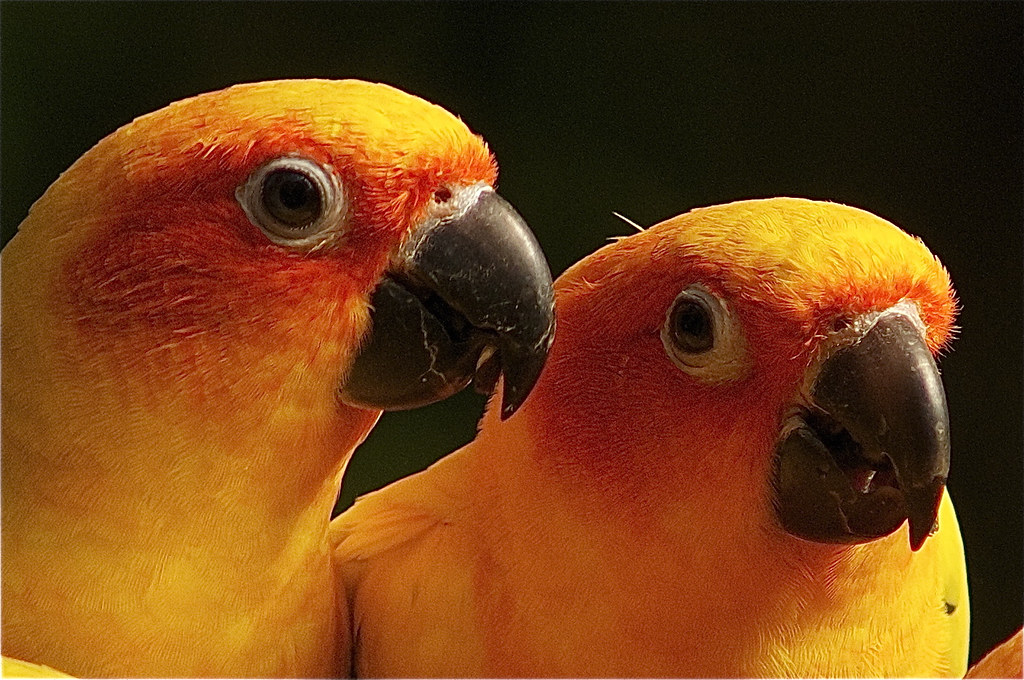
Addressing the exotic pet trade crisis requires coordinated efforts across multiple fronts, balancing immediate intervention with long-term sustainability. Strengthening enforcement of existing laws remains crucial, with increased resources needed for wildlife authorities and better coordination between agencies across international boundaries. Demand reduction campaigns that specifically address consumers’ underlying motivations have shown promise, particularly when they engage respected voices within hobbyist communities rather than relying solely on external criticism.
Technology offers powerful new tools, from DNA testing that can verify claimed captive breeding to blockchain systems that could create tamper-proof records of animals’ origins. Many conservationists advocate for a “positive list” approach to regulation, where only species specifically approved as suitable for pet ownership would be legal, replacing the current system where trade continues until a species is proven endangered. Whatever approaches prevail, the solutions must acknowledge both the legitimate human desire for connection with animals and the ecological imperatives of preserving functioning ecosystems.
Conclusion
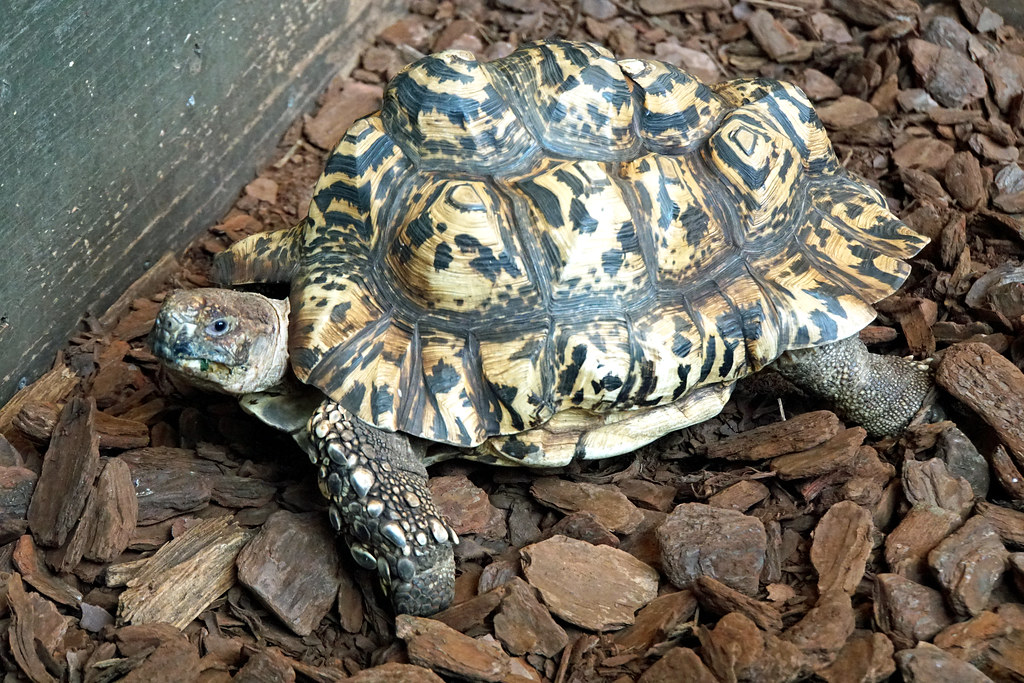
The exotic pet trade represents a complex crisis where human desire for the extraordinary collides with ecological reality. As we’ve explored, this industry threatens biodiversity through direct collection, contributes to invasive species problems, creates animal welfare concerns, and even poses public health risks. Yet understanding this issue solely as a problem of regulation or enforcement misses the deeper human connections and values at stake.
Moving forward requires not just better laws but a fundamental shift in how we conceptualize our relationships with wild animals—recognizing that true appreciation often means admiring from a distance rather than possessing. By channeling our fascination with exotic species into conservation support rather than ownership, we can help ensure these remarkable animals continue to exist in their natural habitats for generations to come.

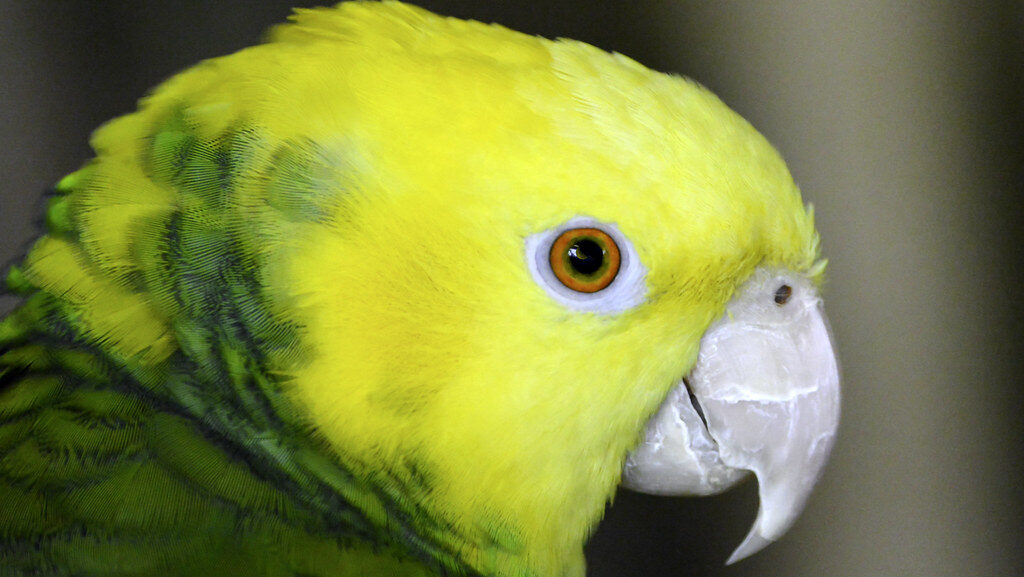
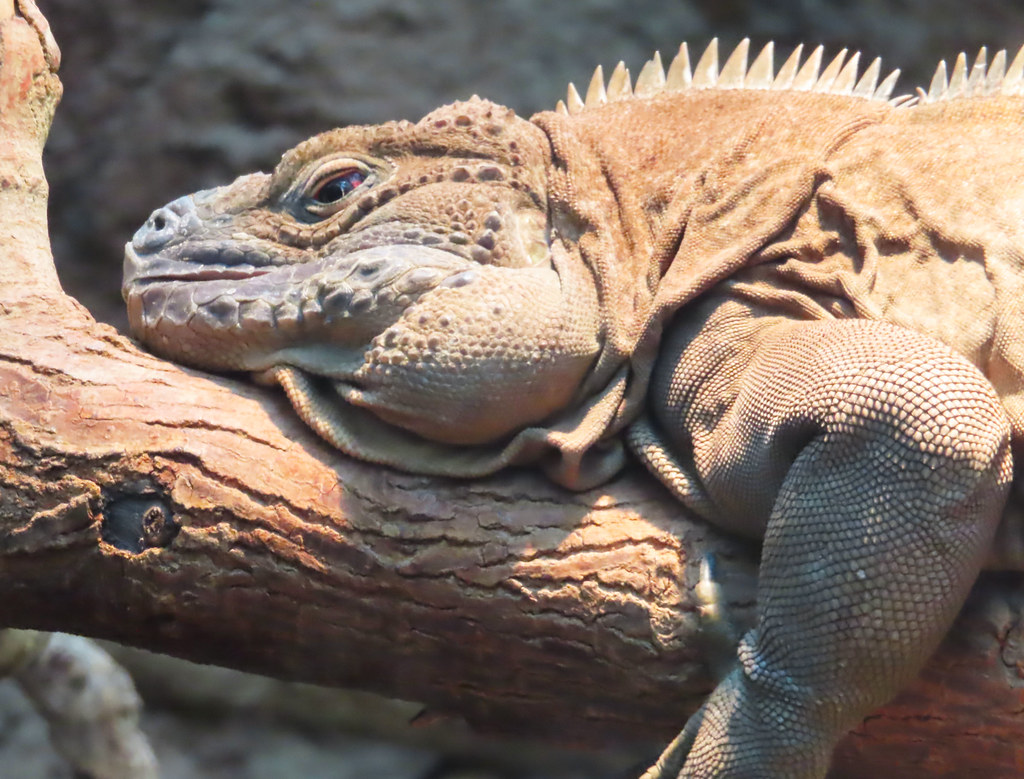
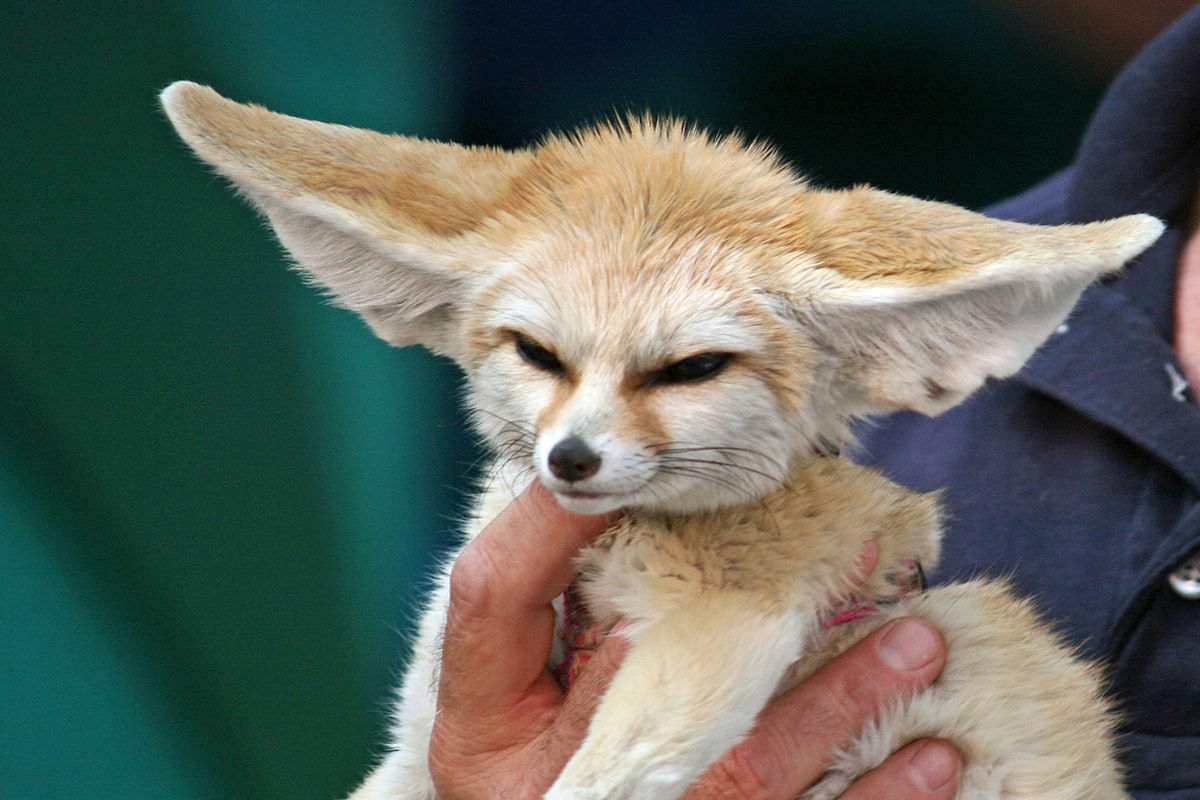
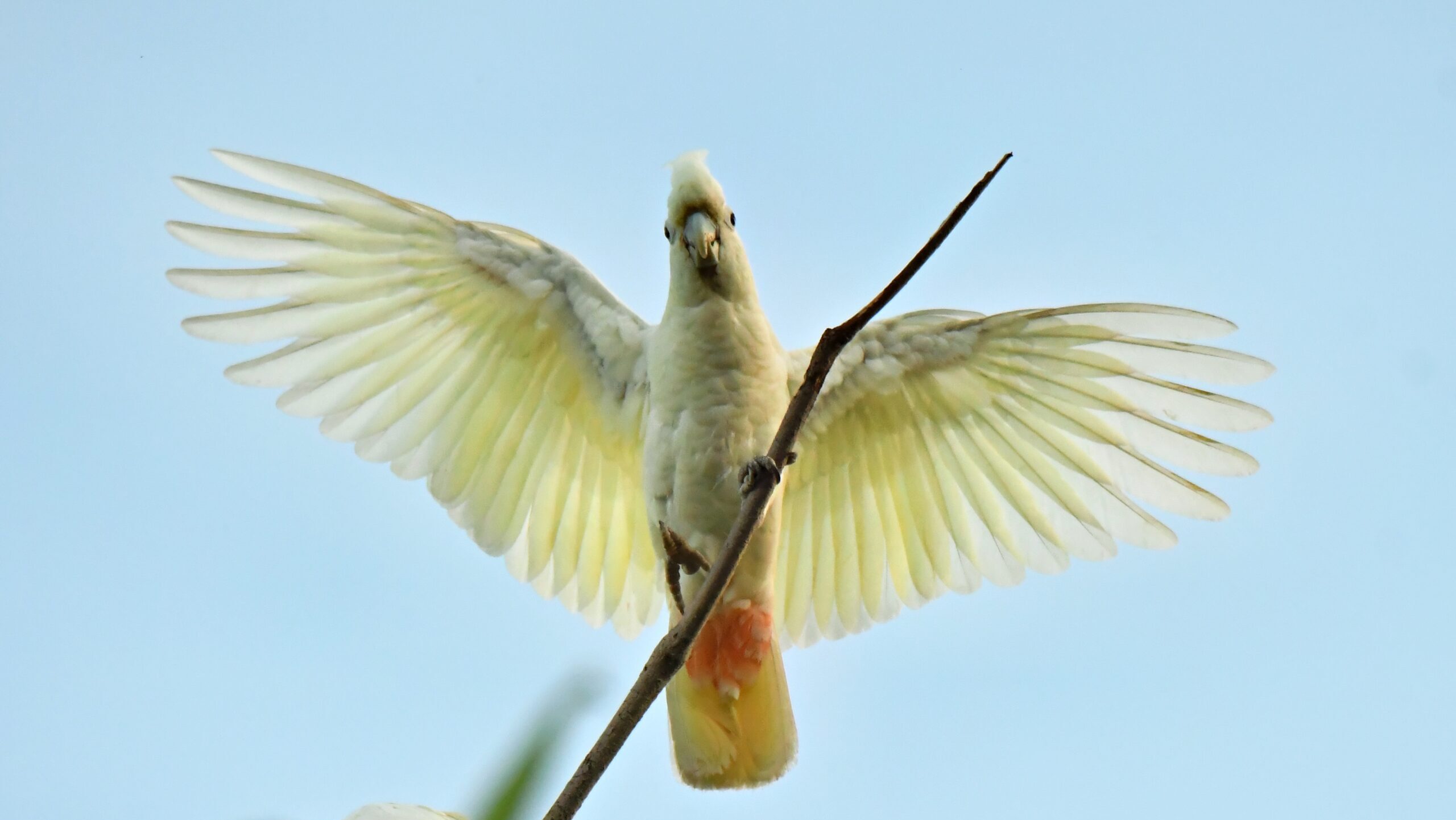


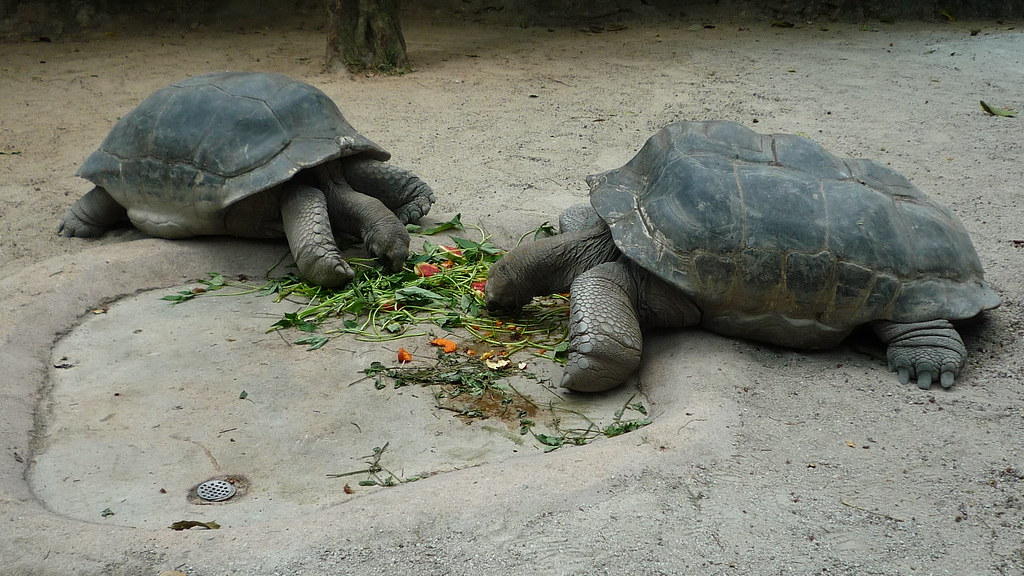
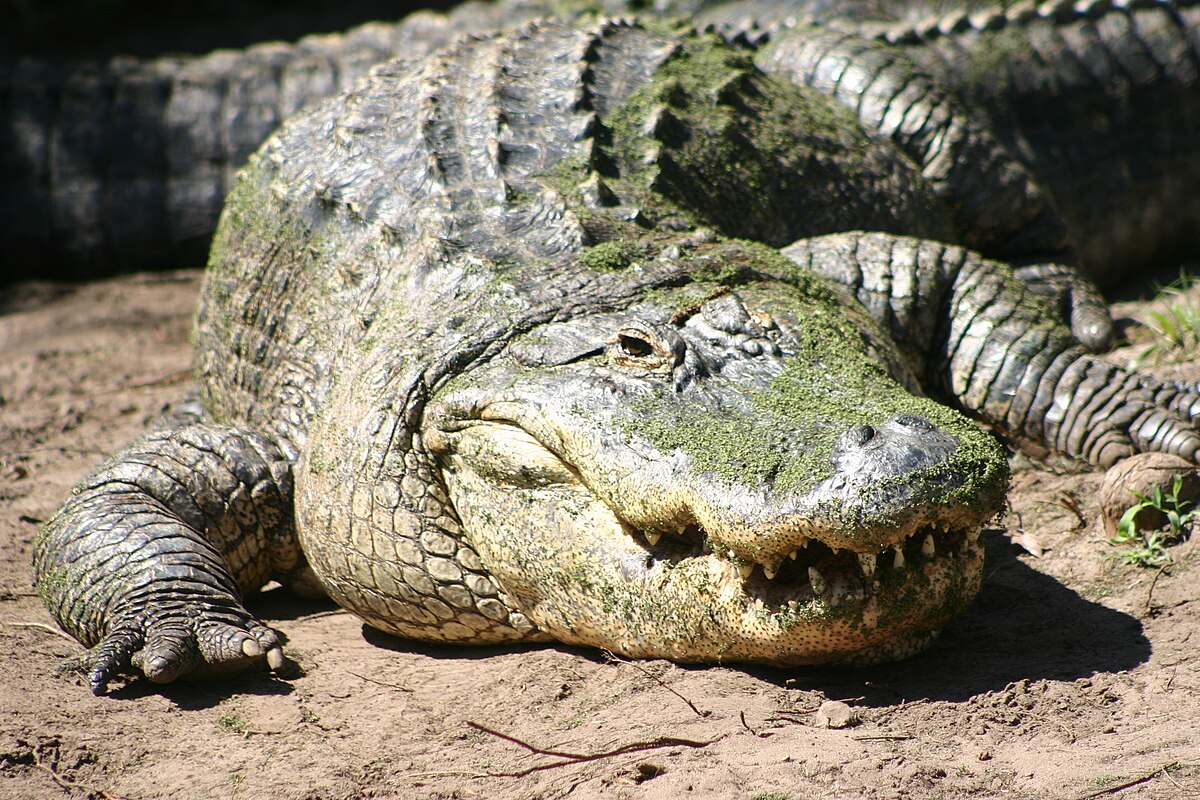
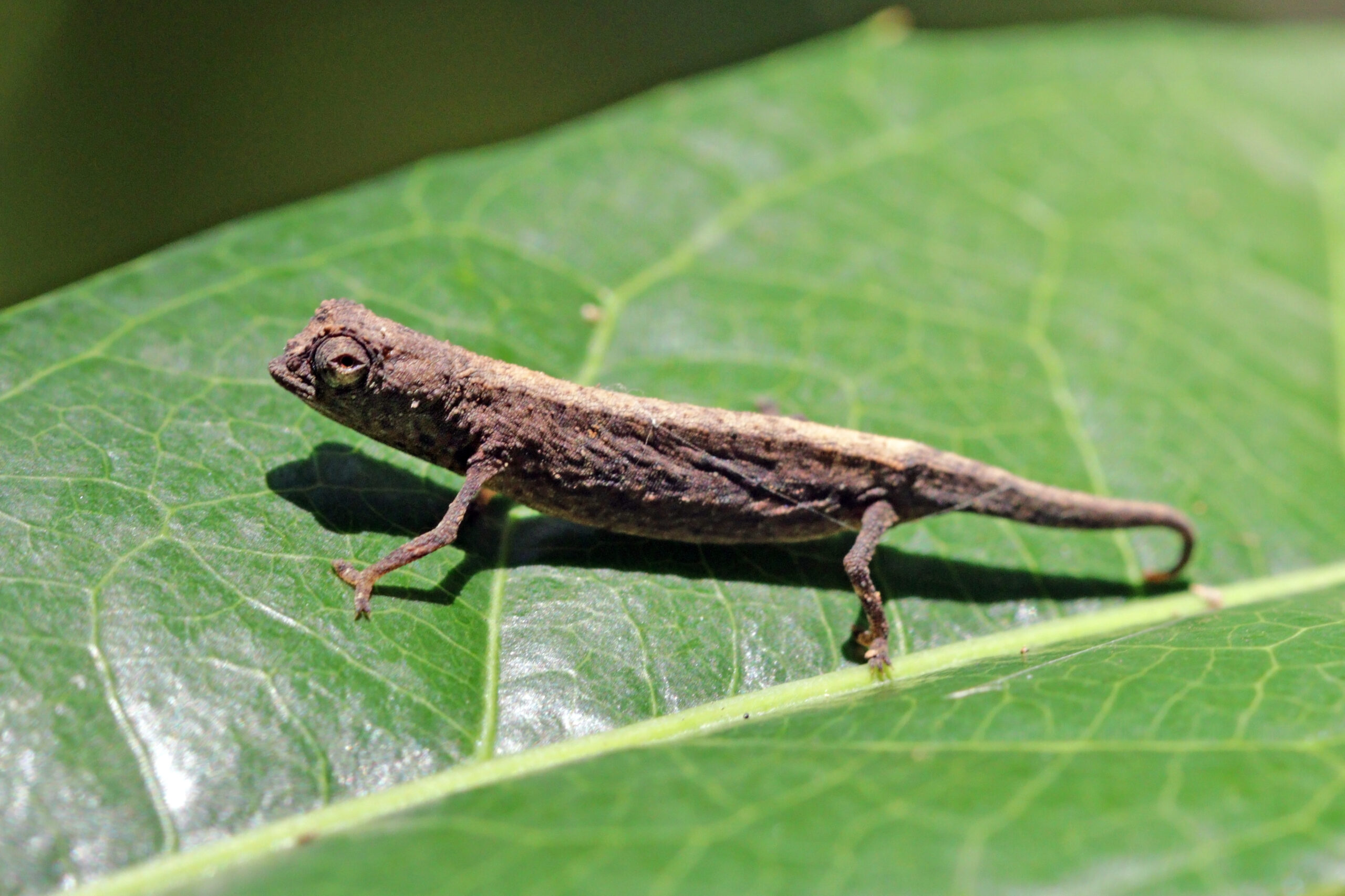
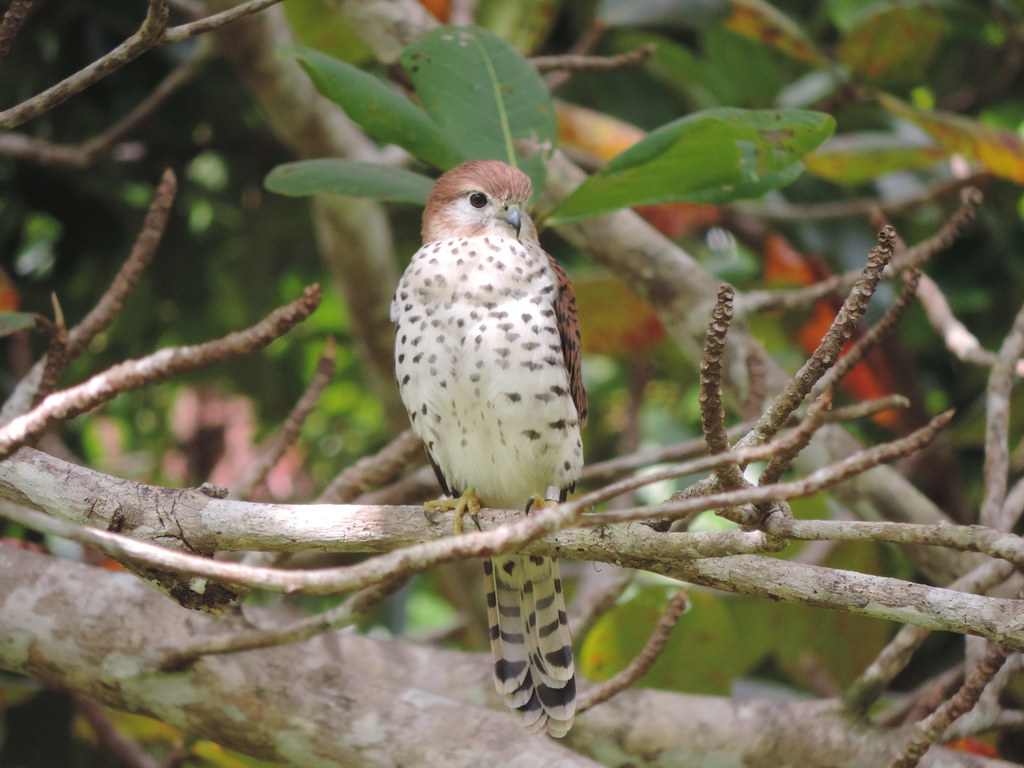
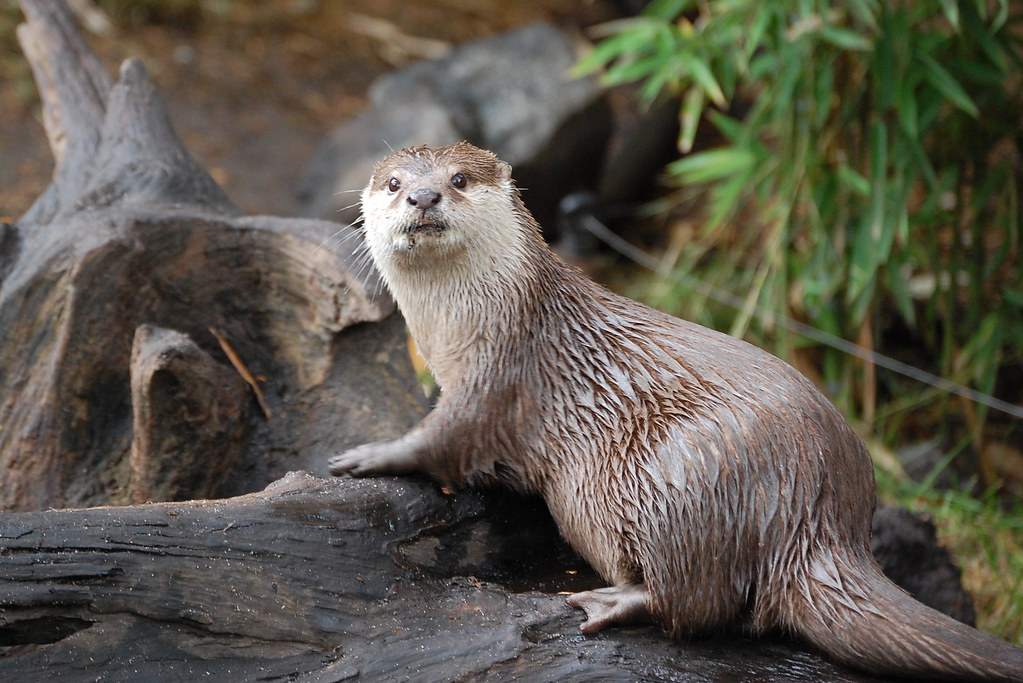




Leave a Reply